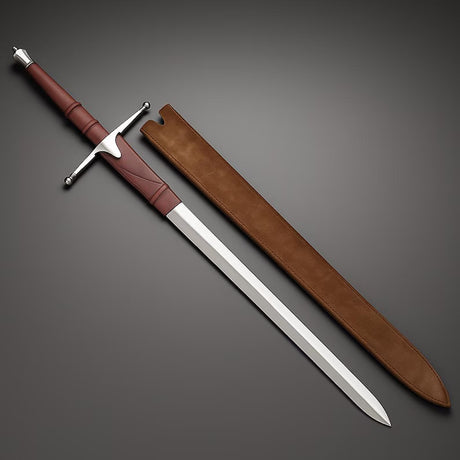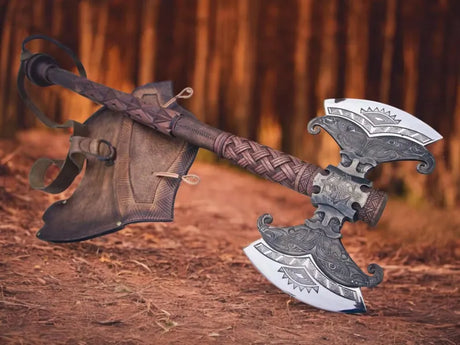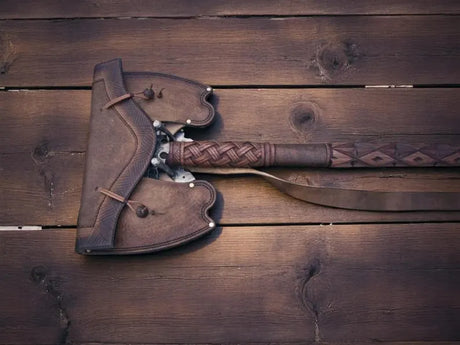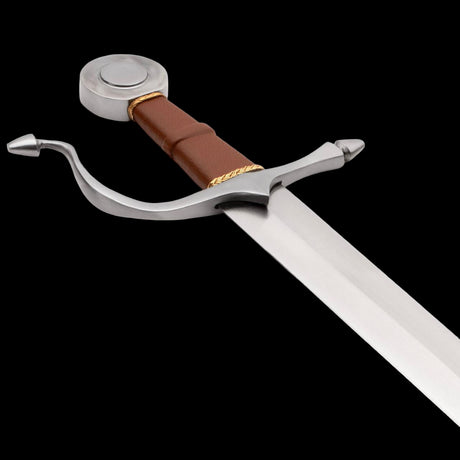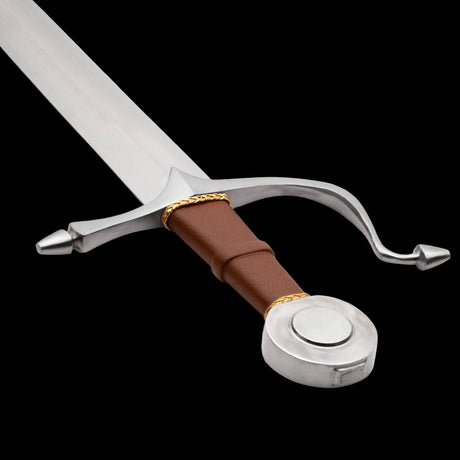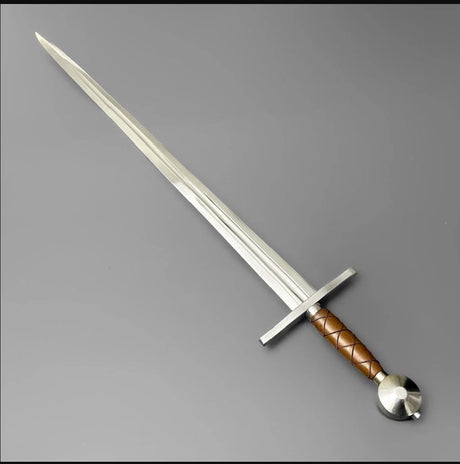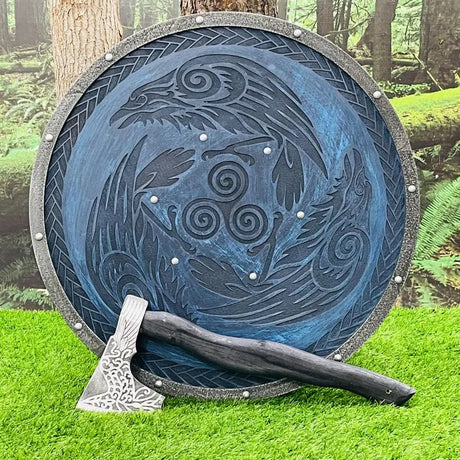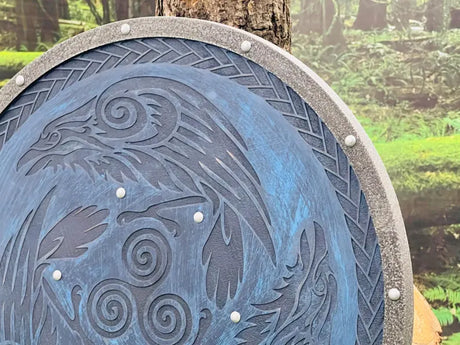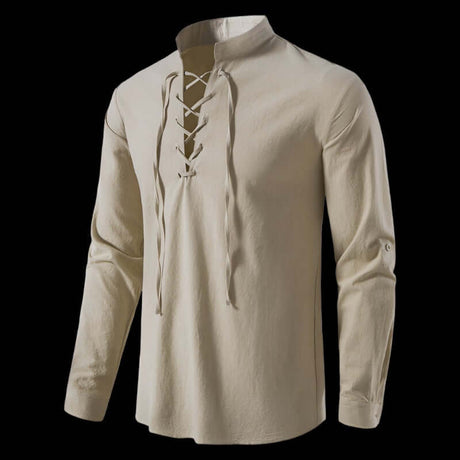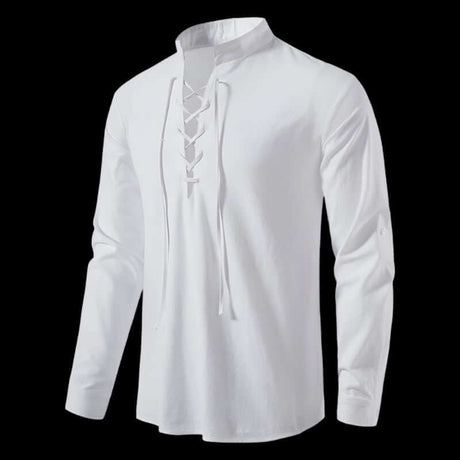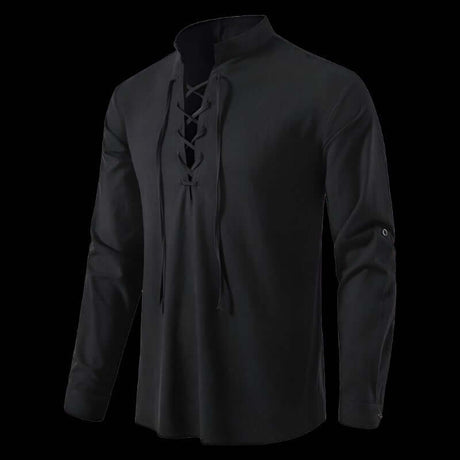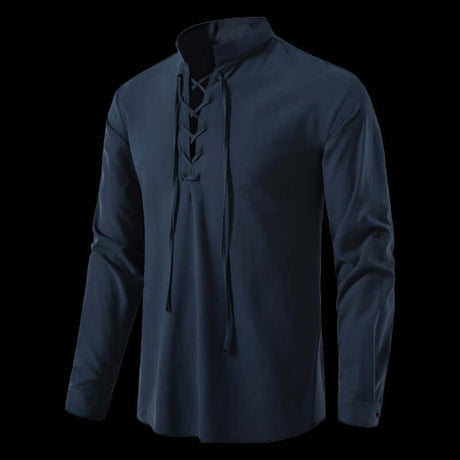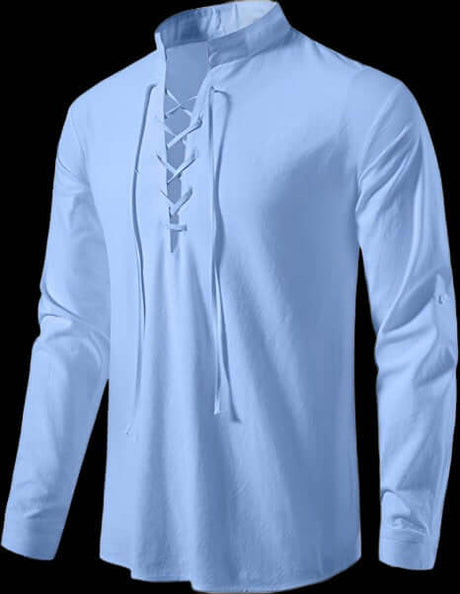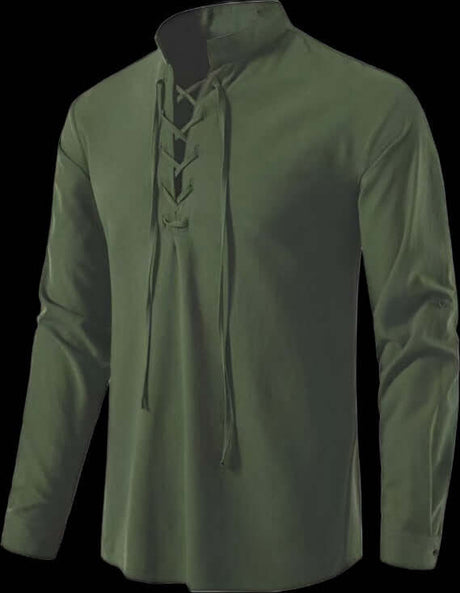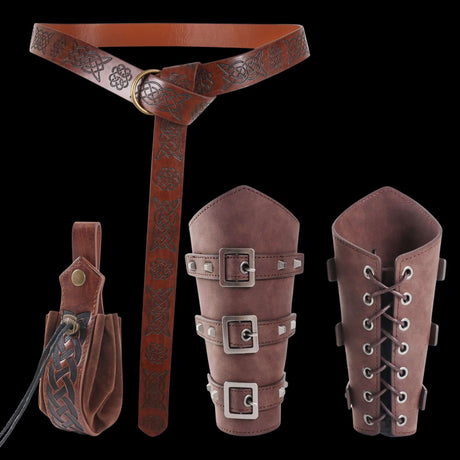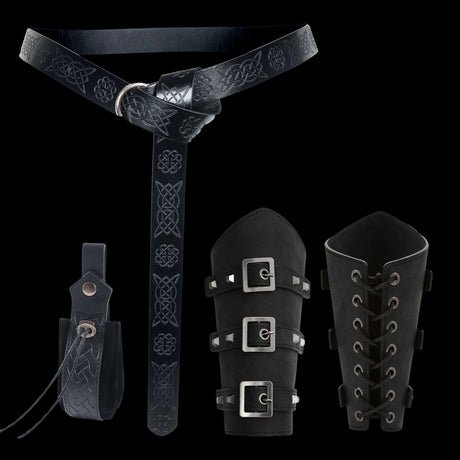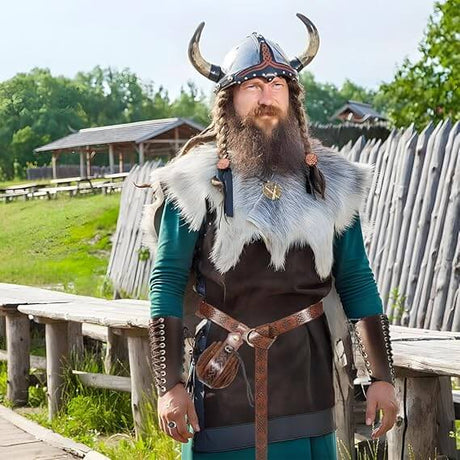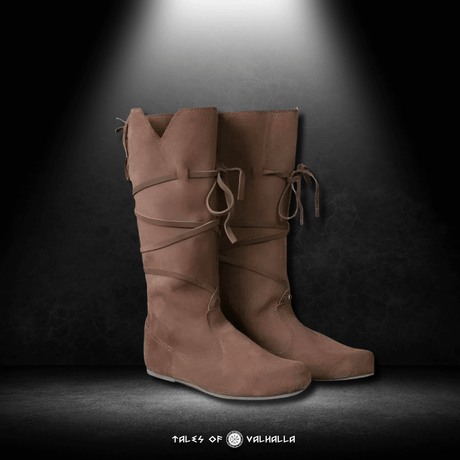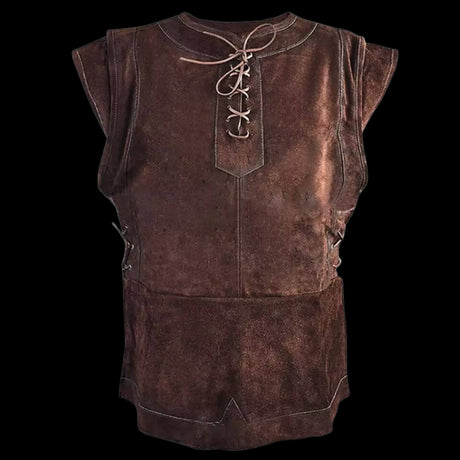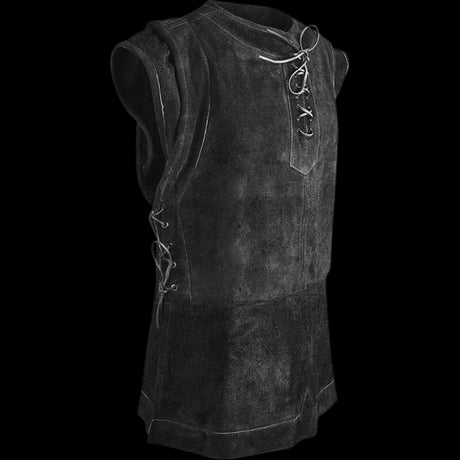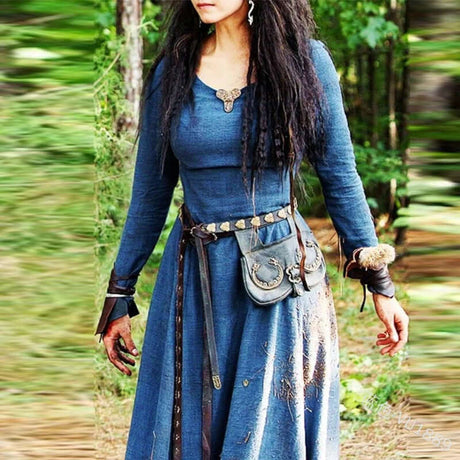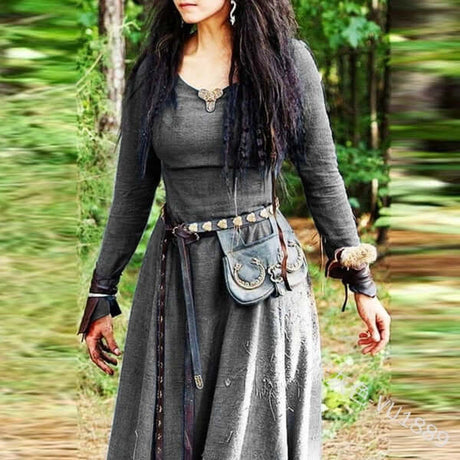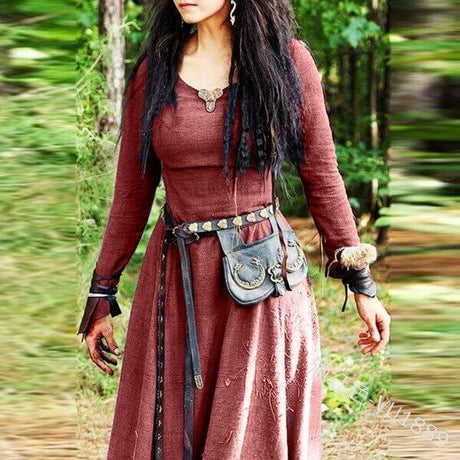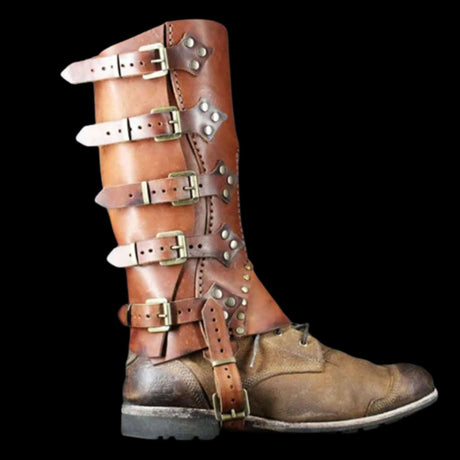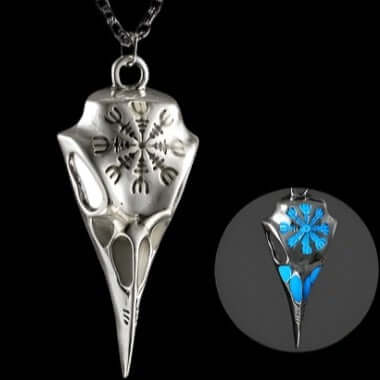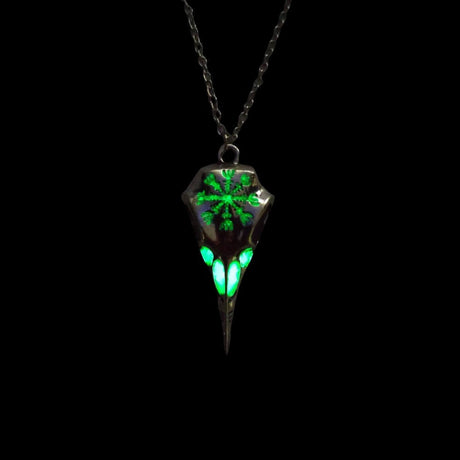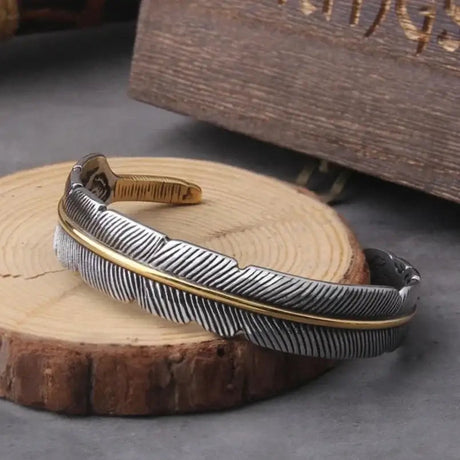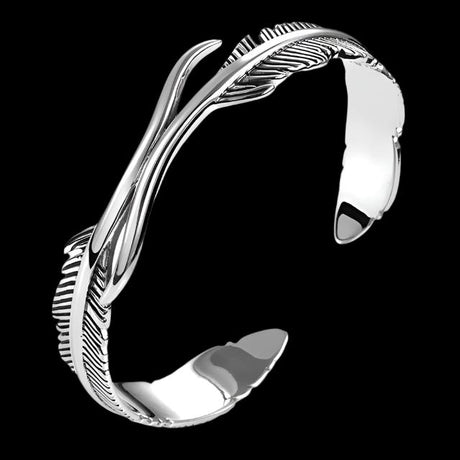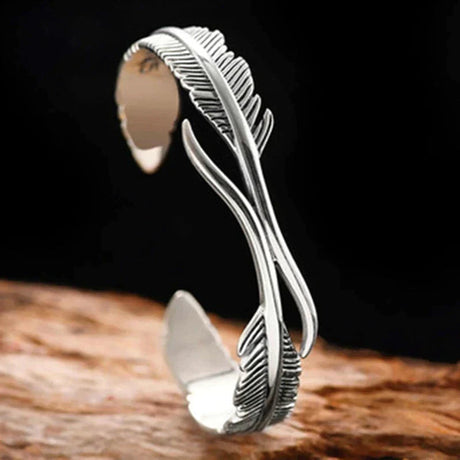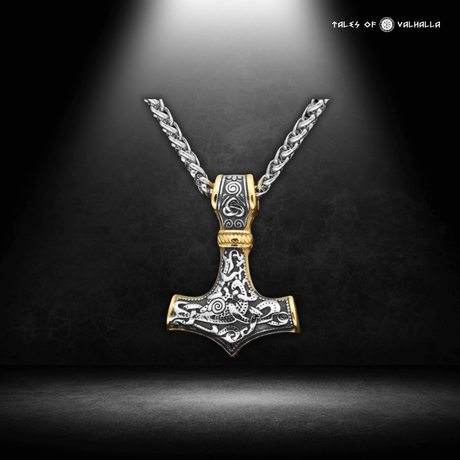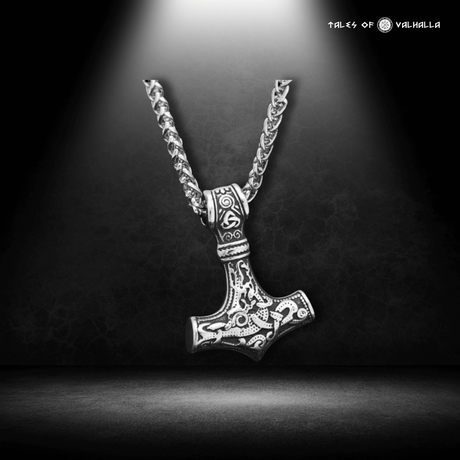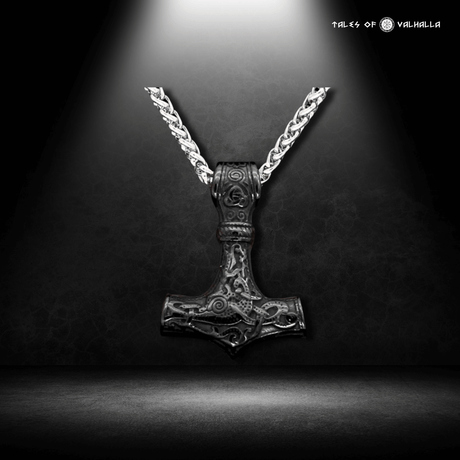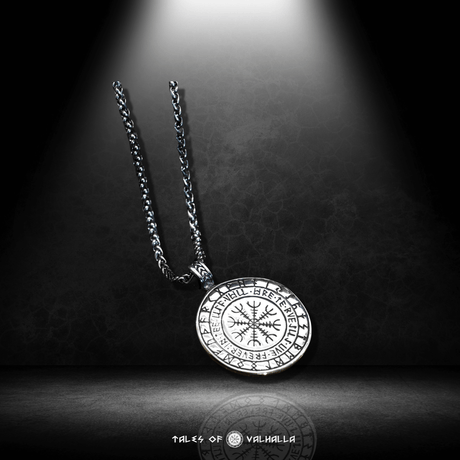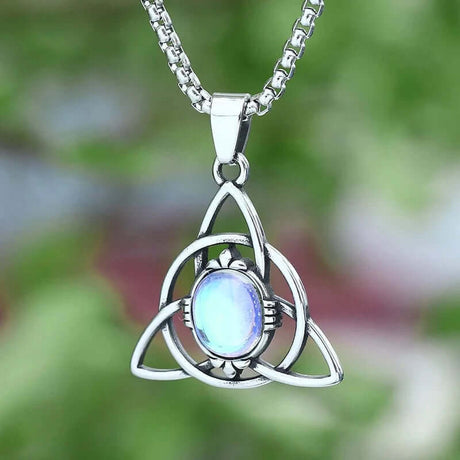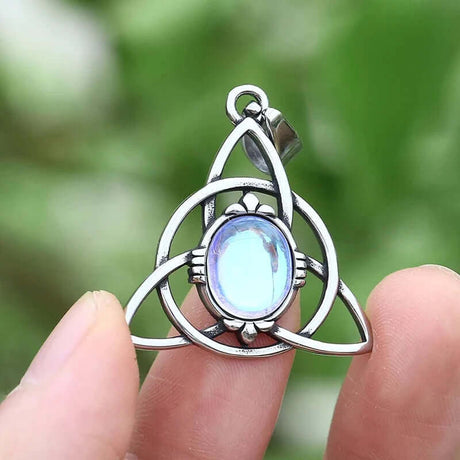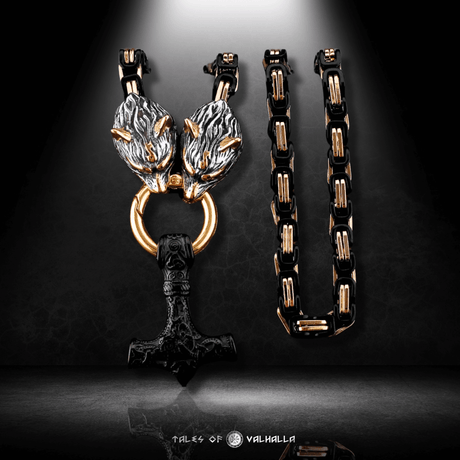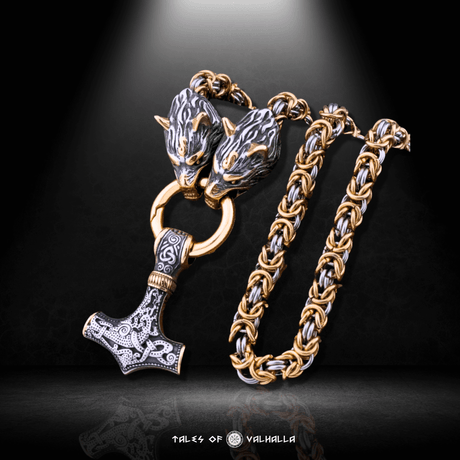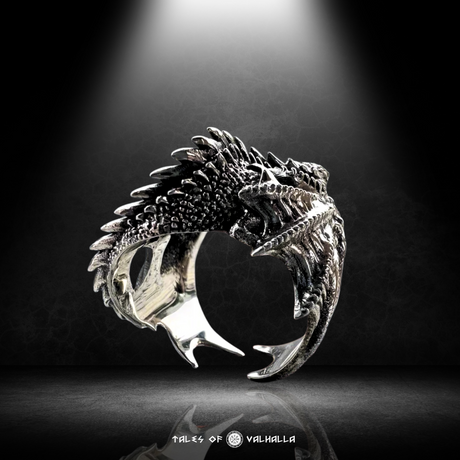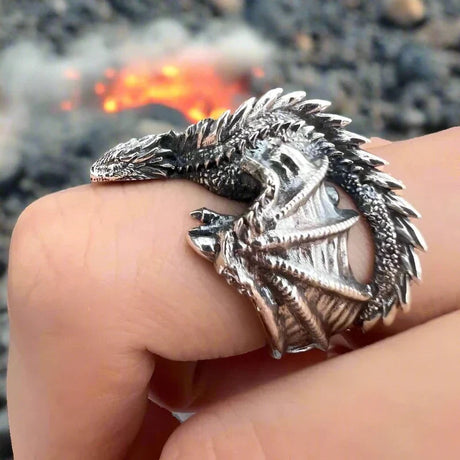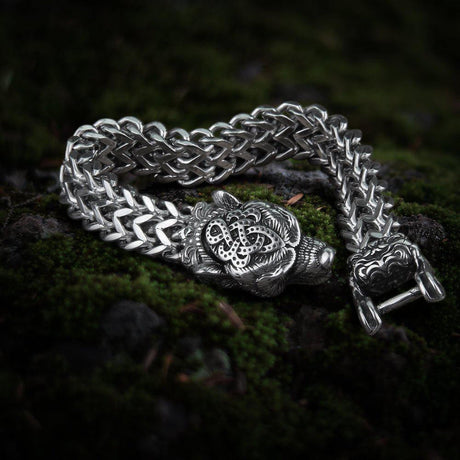If you think modern real estate agents are good at spinning a story, you haven’t met the original master of the "hard sell."
Imagine a man with a beard the color of a forest fire and a temper to match. He is a brawler, a murderer, an explorer, and arguably the most successful marketing genius of the Viking Age.
His name was Erik the Red.
Most Americans know him as a footnote in history books—the father of Leif Erikson, the guy who actually landed in North America. But Erik the Red deserves his own spotlight. He wasn't just a brute; he was a survivor who turned a death sentence into a kingdom. He took a frozen, jagged wasteland and convinced thousands of people it was a paradise.
In this deep dive, we are going to peel back the layers of myth surrounding this legendary figure. We will look at the man who was too violent for Norway, too rowdy for Iceland, and too stubborn to die quietly.
The Origins of a Hot-Head: Bad Blood and Banishment
To understand Erik the Red, you have to look at where he came from. The apple, as they say, didn't fall far from the tree.
Born Erik Thorvaldsson in Norway around 950 AD, he inherited a volatile disposition from his father, Thorvald Asvaldsson. When Erik was just a boy, his father killed a man during a dispute. In the Viking world, killing wasn't necessarily a crime if you paid the "blood price," but Thorvald’s actions were deemed too severe.
The family was banished from Norway. They packed their longships and sailed west to Iceland.

The Origins of a Hot-Head: Bad Blood and Banishment
The Iceland Years: A New Home, Same Old Temper
Iceland in the 10th century was the Wild West. It was a place for outcasts, and you would think Erik the Red would fit right in.
He tried. He grew up, married a wealthy woman named Thjodhild, and tried to settle down as a farmer. But trouble had a way of finding him—or rather, he had a way of creating it.
The defining moment came down to a dispute over some wooden beams.
In a world without Home Depot, high-quality wood was more valuable than gold. Erik the Red lent some ornamental bench pillars (setstokkr) to a neighbor. When he wanted them back, the neighbor refused.
Erik didn't call the police; he grabbed his axe.
In the ensuing fight, Erik killed the neighbor and his two sons.
The Sentence: Outlawed Again
The Icelandic Thing (parliament) convened. The verdict was swift: Lesser Outlawry.
This meant Erik the Red was banished from Iceland for three years. Anyone who helped him could be punished, and his enemies were legally allowed to hunt him down and kill him without penalty.
Most men would have fled back to Norway or hidden in a cave. Erik the Red did something else. He looked West, into the terrifying, unknown ocean, and decided to go where no one else dared.
Into the Great Unknown: The Discovery of Greenland
We have to pause and appreciate the insanity of this decision.
In 982 AD, sailing west from Iceland was considered a suicide mission. There were rumors of land—a sailor named Gunnbjorn had spotted some skerries (rocks) decades earlier—but no one had set foot there.
Erik the Red gathered a small crew of loyal supporters and his family. They loaded their knarr (a sturdy Viking merchant ship) with supplies and pushed off into the North Atlantic.
Three Years of Solitude
For three years, Erik the Red explored the coastline of this massive new land mass.
He didn't find cities or treasure. He found glaciers. He found deep fjords teeming with whales and seals. He found green valleys tucked away from the wind, protected by mountains.
This period of isolation likely changed him. He was the king of his own silent world. He named every fjord and island after himself (Eriksfjord, Eriksey). He was staking his claim.
When his three-year banishment was up, he returned to Iceland. But he didn't come back to beg for forgiveness. He came back to recruit.
The Greatest Marketing Gimmick in History
This is the part of the story that resonates most with the modern American entrepreneur. Erik the Red wanted to build a kingdom, but a king needs subjects.
He needed to convince the farmers of Iceland—who were struggling with famine and overcrowding—to pack up their entire lives and move to a sub-arctic island.
If he told them the truth—"It's mostly ice, rock, and polar bears"—no one would have gone.
So, he lied. Or rather, he "rebranded."
He called the land Greenland.
According to the Saga of Erik the Red, he stated explicitly:
"People would be more inclined to go there if it had an attractive name."
The Pitch vs. The Reality
Let's look at the data. What did Erik the Red promise, and what did the settlers actually get?
| Feature | The "Greenland" Sales Pitch | The Reality of 985 AD |
| Climate | Mild, lush, and green year-round. | Sub-arctic. Green only in summer; brutal winters. |
| Agriculture | Fertile farmland for cattle and grain. | Thin soil. Good for grazing sheep/goats, bad for crops. |
| Resources | Abundant timber and iron. | Almost no trees (driftwood only). Bog iron was scarce. |
| Space | Endless land for the taking. | Habitable areas were restricted to two small fjords. |
Despite the deception, the pitch worked.
In 985 AD, a massive fleet of 25 ships left Iceland, following Erik the Red to the promised land.
The Brutal Crossing
The ocean does not care about marketing.
Of the 25 ships that left Iceland, only 14 made it to Greenland. Some were driven back by storms; others were swallowed by the sea. Hundreds of people died before they even saw the "Greenland" coast.
But for those who survived, Erik the Red made good on his promise. He established the Eastern Settlement and became the paramount chieftain. He built his farm, Brattahlid, and lived like a king.
Life at the Edge of the World
For the next twenty years, Erik the Red ruled over a thriving, albeit tough, colony.
At its peak, the Norse settlements in Greenland had a population of about 2,000 to 5,000 people.
The Walrus Economy
How did they survive without trees or iron? They had something Europe desperately wanted: Walrus Ivory.
The Greenlanders hunted the massive herds of walrus in the Disko Bay area. They traded the tusks and hides for European timber, iron, and grain. In many ways, Erik the Red built a specialized export economy.
The Domestic Cold War
While Erik the Red was the undisputed leader of the colony, he couldn't control his own house.
His son, Leif Erikson, traveled to Norway and converted to Christianity. When Leif returned, he brought a priest with him.
Erik’s wife, Thjodhild, became a devout Christian. She built the first church in the New World (Thjodhild’s Church) at Brattahlid.
Erik the Red was furious. He was a staunch pagan, loyal to Thor and Odin.
The sagas tell us that Thjodhild refused to sleep in the same bed as Erik until he converted. The stubborn old Viking refused. This domestic standoff perfectly illustrates his character: he would rather sleep alone in the cold than bow to a new god.
The Tragedy of the Explorer: Why Erik Missed America
We all know that Leif Erikson is credited with discovering "Vinland" (North America). But Erik the Red was supposed to be on that ship.
According to the sagas, when Leif was preparing his voyage to the west, he begged his father to lead the expedition. Erik, now an older man, was reluctant but eventually agreed.

On the way to the ship, Erik the Red fell off his horse. He took it as a bad omen.
"It is not ordained that I should discover more countries than that which we now inhabit."
He turned back to his farm. Leif sailed on to make history. It is a poignant moment—the great explorer realizing his journey was over, handing the torch (and the glory) to his son.
The End of the Red Era
Erik the Red died not by the sword, but by the invisible enemy that travels with all colonizers: disease.
Around 1002 AD, a ship arrived from Iceland carrying an epidemic (possibly smallpox or dysentery). It ravaged the colony.
Erik the Red, the man who survived banishment, freezing oceans, and blood feuds, succumbed to the sickness.
Counter-Perspective: Was He a Villain?
It is easy to romanticize Erik the Red as a hero of exploration. But we must address the counterargument.
- He was a killer: By modern standards, he was a violent criminal who solved problems with murder.
- He was a deceiver: He lured hundreds of families to a dangerous frontier with false promises. Many died because of his "Greenland" lie.
However, historians argue that in the context of the Viking Age, he was a man of survival. The "Greenland" lie saved the lives of Icelanders who would have starved in the famine-struck homeland. He gave them a second chance.
Modern Relevance: What Erik Teaches Us Today
Why should a 21st-century American care about Erik the Red?
- The Entrepreneurial Spirit: He is the ultimate example of the "Fake it 'til you make it" mentality. He saw value where others saw nothing.
- Climate Change Context: The Greenland colony thrived during the "Medieval Warm Period." When the climate cooled in the 14th century (the Little Ice Age), the colony collapsed. Erik the Red reminds us that civilizations are at the mercy of the weather.
- Resilience: His life is a masterclass in pivoting. When plan A (Norway) failed, he tried plan B (Iceland). When that failed, he invented plan C (Greenland).
Conclusion: The Legacy of the Red Beard
Erik the Red was a complicated man. He was hot-tempered, stubborn, and manipulative. But he was also a visionary.
He pushed the boundaries of the known world further west than anyone before him. He built a society on the edge of the impossible. Without his drive, his son Leif likely never would have had the resources or the base of operations to discover North America.
So, the next time you hear a sales pitch that sounds too good to be true, remember the red-bearded Viking who looked at an ice sheet and sold it as a paradise. Erik the Red didn't just discover a country; he invented one.
Quick Facts: Erik the Red
- Real Name: Erik Thorvaldsson
- Nickname: "The Red" (Due to red hair/beard and fiery temper)
- Born: c. 950 AD, Norway
- Died: c. 1003 AD, Greenland
- Famous For: Founding the first European settlement in Greenland.
- Key Skill: Navigation, Survival, Marketing.
- Children: Leif, Thorvald, Thorstein, and Freydis (a fierce warrior in her own right).










